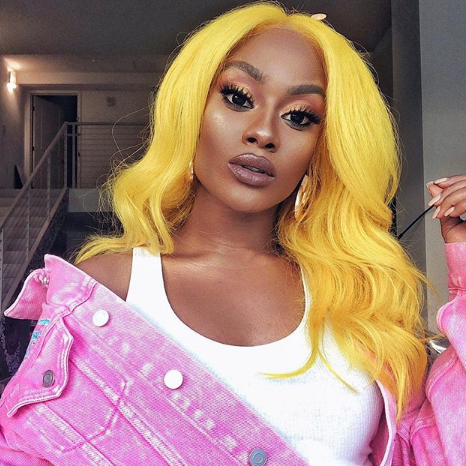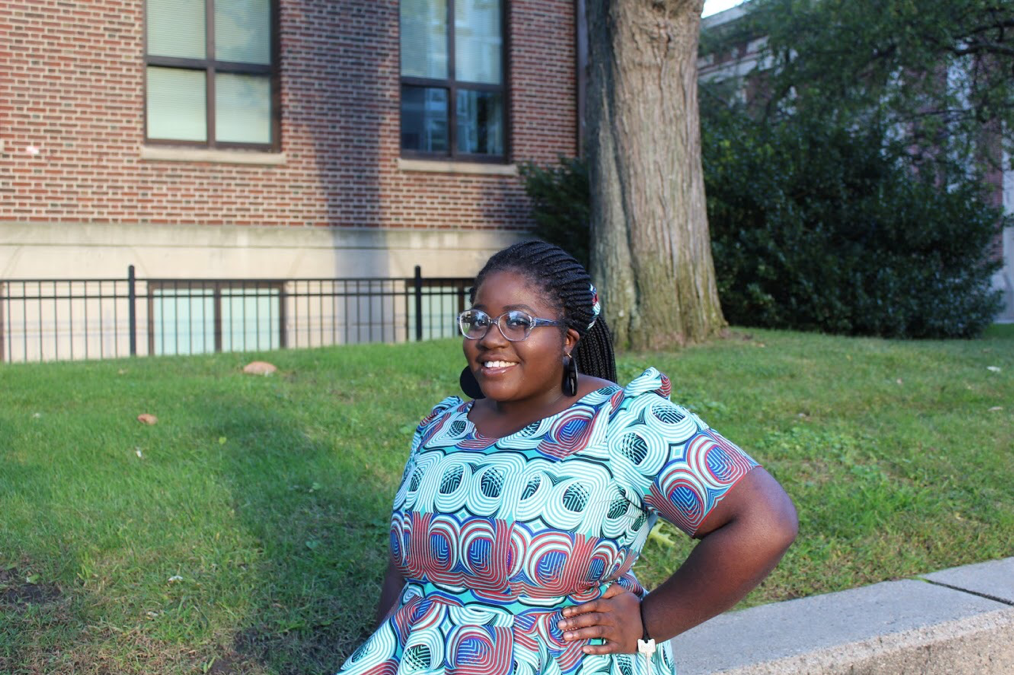Exploring black beauty culture in all its melanated and kinky glory
Exploring black beauty culture in all its melanated and kinky glory
Behind every AI software, are human beings creating the programming, influencing the testing, and providing feedback on its success or lack thereof. Therefore, AI is not exempt from human tendencies and can often fall prey to darker impulses including racism and sexism. With increased use of AI in providing loans and hiring workers, it is concerning that that this technology could be using be using biased data in regards to race or gender. Because AI relies on training data in its machine-learning tasks, the material on which the AI is built can serve as a proxy for race. Neural networks for image classification are trained on data sets like ImageNet or scraped from websites and annotated by grad students or crowdsourcing platforms. The production of data, based upon the internet and human classification, can easily reflect gender, ethnic and cultural biases. Many data sets exhibit a serious lack of geodiversityas many images are sourced from specific countries and communities. This can lead to instances where wedding images from Ethiopia and Pakistan are not classified as accurately or consistently as images from the United States and Australia.
AI can also form biases from its algorithm. It all comes back to a machine learning problem. AI programs optimize for individuals that appear more frequently in the training data in order to improve accuracy. The consequence of this is that if programs are not provided the proper tools and data, they will begin to propagate the stereotypes they are given and display racist and sexist tendencies.Computer scientists have shownthatcommercial facial recognition systems will misclassify gender more often when presented with darker-skinned women compared with lighter-skinned men. Another problem occurred when AI was tasked to judge a beauty contest and clearly exhibited a preferential value towards light skin over dark skin. Only one dark-skinned woman was included in its 44 picks. This happened because the AI was given more light-skinned models than dark-skinned when it was taught beauty standards and drew the inevitable conclusion that light skin was more beautiful than dark skin.

“Daddy how come I don’t have good hair?” These are the opening lines of Chris Rock’s documentary, Good Hair, in which he explores the notion of what it means to have “good hair” in the black community. This film opens up the conversation on what deems hair “good” or “bad”, often through the lens of how white beauty standards affect black ideals of beauty in the United States. Our understanding of black beauty has historically been defined in contrast to whiteness and this is something that Rock explores through weaves, wigs, and hair straightening practices. Today with the rise of YouTube as a platform of representation for beauty gurus of all tones and hair textures, black beauty is increasingly being represented in a way that pushes beyond the norms of white beauty standards.


I am not the perfect woman—at least, not according to contemporary beauty standards. Even though the world is quickly approaching a state where people of color are becoming the majority, our standards of beauty still revolve around Europe.